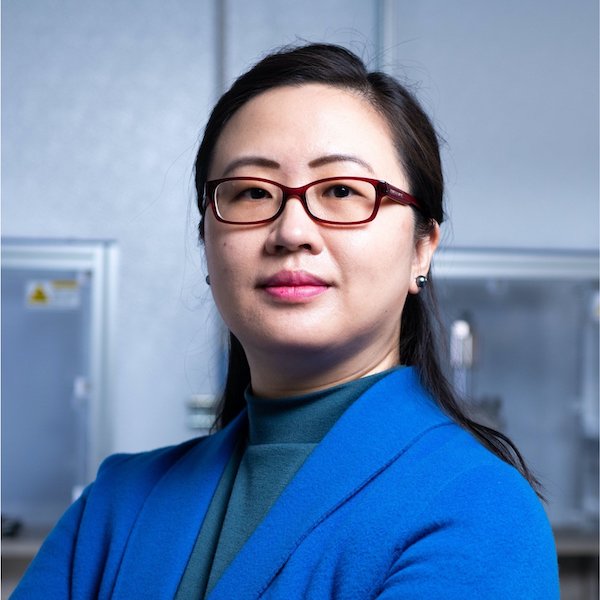
Jie Xiao is the Boeing Martin Professor of Mechanical Engineering and the leader of the Battery Materials & System Group at the Pacific Northwest National Laboratory (PNNL). She is an affiliate professor of materials science & engineering at the University of Washington and is a PNNL-UW Distinguished Faculty Fellow. Dr. Xiao’s research spans from fundamental research, battery materials scaleup and manufacturing, to cell fabrication and engineering for vehicle electrification, sensors, and grid energy storage. She has published more than 100 peer-reviewed journal papers and been named top 1% Clarivate Analytics Highly Cited Researcher since 2017. Read More
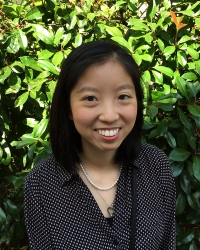
The Xiao research group develops new strategies to control the structure of porous frameworks and dense coordination solids across multiple length scales, from the molecular to the nano-, meso-, and macroscale. In particular, we are interested in how controlling both the local and long range self-assembly and structure of porous materials can lead to enhanced transport properties, new catalytic activity, and novel emergent behavior. Students in the Xiao research group will receive training in synthesis (inorganic, organic, materials), characterization (spectroscopy, diffraction, electrochemistry, gas sorption, electron microscopy), and catalysis. Read More
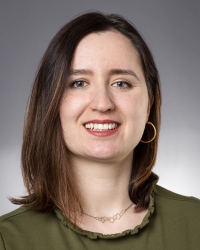
Alexandra Velian’s research group is pursuing the total synthesis of atomically-precise inorganic nanomaterials for catalytic, electronic and quantum information applications. In 2020, Alexandra received the NSF Career award funding work on elucidating and harnessing metal–support interactions in single atom catalysts using designer nanoclusters as functional models. Read More
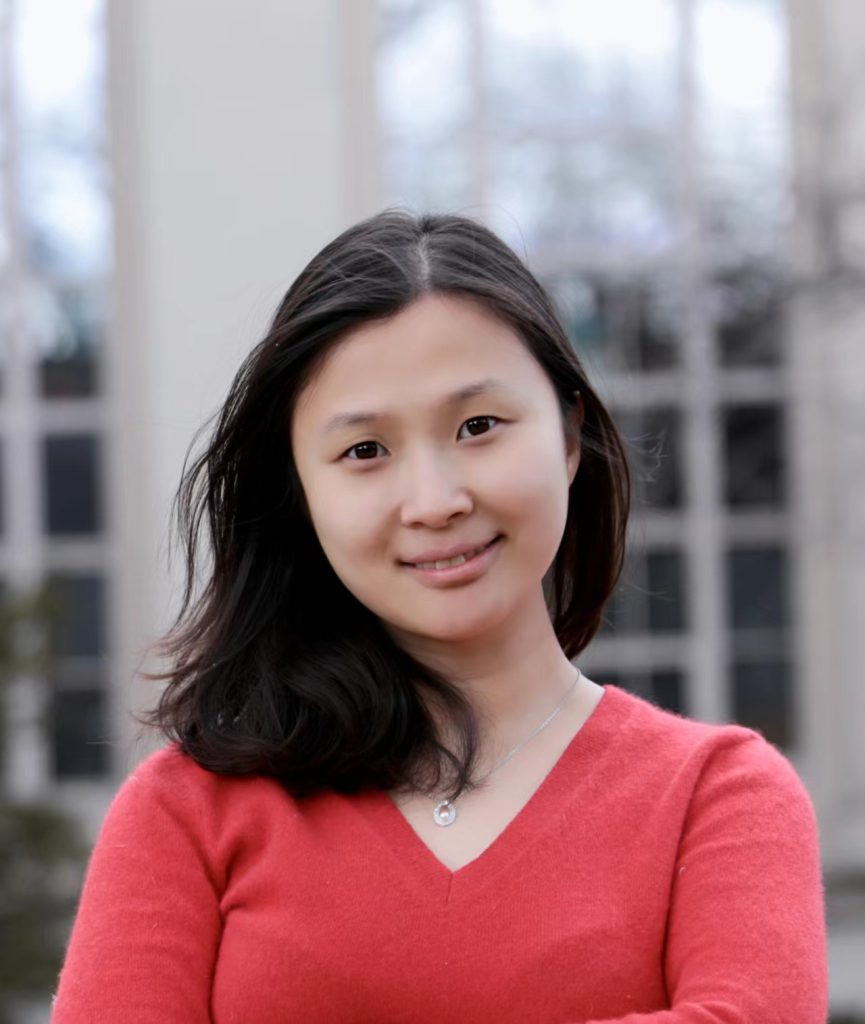
Dr. Sun’s research lies at the crossroads of materials science, data science, and robotics, driving interdisciplinary studies into autonomous design for clean energy technologies. With a vision to address global energy, climate, and sustainability challenges, Dr. Sun’s interests span from understanding the fundamental structure-function relationships of inorganic materials to tool development incorporating artificial intelligence for amplified research capacities and efficiency. Read More
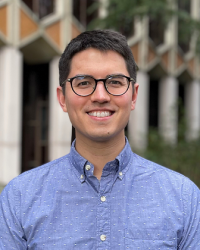
The Reed Lab studies the synthesis and properties of functional materials to be used to understand emergent physical phenomena or in applications such as advanced electronic devices or environmental remediation. We combine aspects of inorganic, organic, and nanomaterials chemistry to make hybrid materials with well-defined structural, electronic, and magnetic properties on the nanoscale. Students will develop skills in materials synthesis and utilize physical methods to understand these materials, including diffraction, gas sorption, spectroscopy, magnetometry, and device preparation techniques. Read More
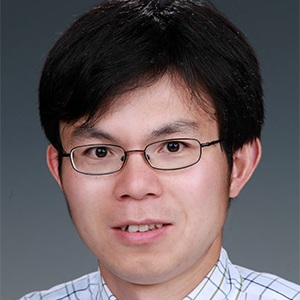
The main research interests in the Chen Group focus on understanding principles that govern behavior of sequence-defined peptoids with a particular emphasis on (1) self-assembly of peptoids into functional materials with hierarchical structures, such as biomimetic nanomembranes, crystalline nanotubes and biomimetic hydrogels, and (2) biomimetic control of inorganic crystallization, for example, peptoid-controlled formation of metal oxide and plasmonic nanoparticles and their self-assembly. The Chen Group also works on transferring the peptoid-based biomimetic materials into innovative applications that impact energy technologies and biological research, such as biomimetic catalysis, water separation, molecular sensing, biological imaging, and drug delivery. Read More
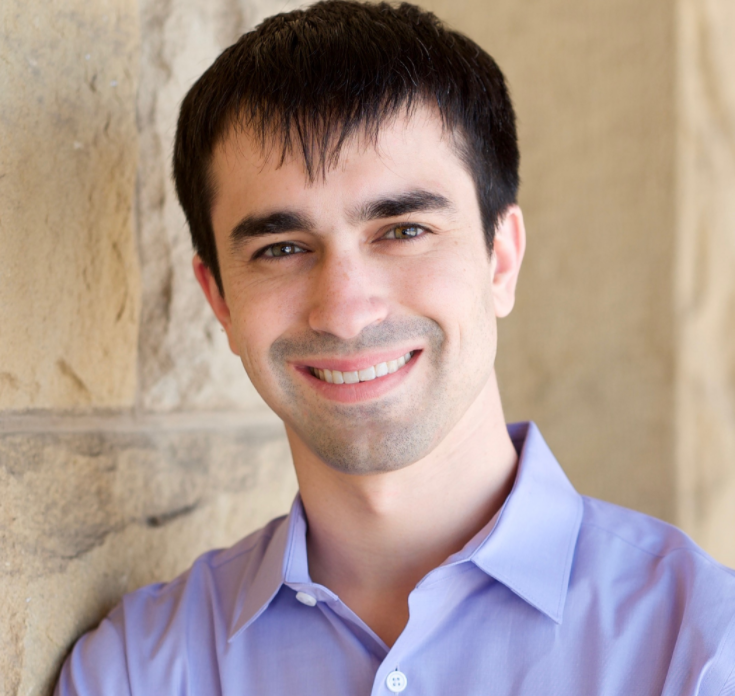
Our group tackles emerging challenges in water, energy, and sustainability using nanomaterials. Through the design of ultrathin nanostructures and coatings, we create membranes that can separate contaminants from water, catalysts that drive difficult chemical reactions, and materials enable the formation of previously unobtainable device architectures. We combine atomically-precise synthesis, advanced characterization approaches, and data science tools to better understand the behavior of molecules in these uniquely small systems and use that understanding to invent scalable processes that can enable the deployment of clean-energy technologies. Read More
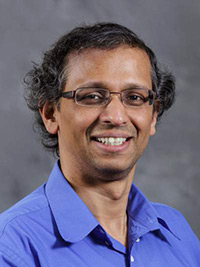
Our group develops methods in the theory and computational modeling of nanoscale devices, and applies them to emerging technologies. In particular, we are interested in emerging devices where quantum mechanics plays a fundamental role in determining device behavior. Such devices have the potential to impact the fields of low power electronics and bio/chemical sensing technologies. We use both methods developed by us and other groups to design and simulate nanodevices and explain experiments. Our current research involves charge transport in (i) emerging memory devices where atom movement is central to information storage, (ii) bio nanostructures (DNA and peptides), (iii) molecular nanostructures and (iv) solar cells. Read More
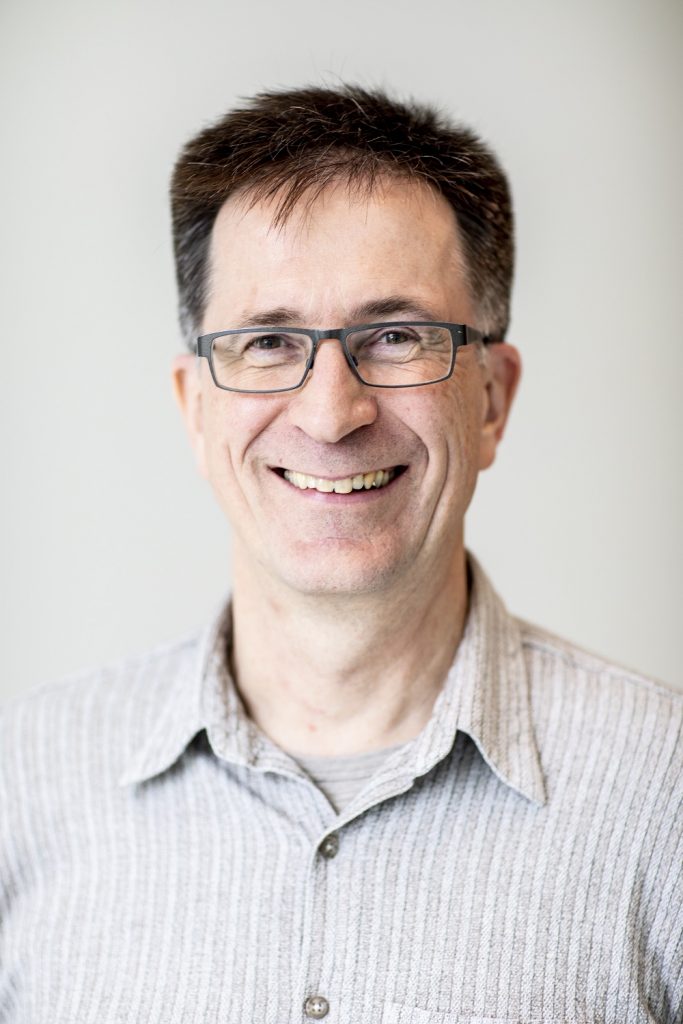
In our lab, we work on many aspects of micro and nano electro mechanical systems (MEMS / NEMS). This research tends to be very interdisciplinary, and we have collaborations in biology, chemical engineering, bioengineering, computer science, and other departments. We have built, for example, self-assembling microstructures, biomedical implants, systems for docking of picosatellites, and walking microrobots. Read More
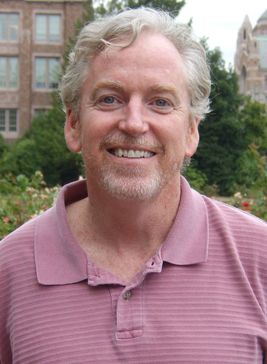
Improving catalysts could minimize the use of fossil fuels, thus helping solve the energy crisis while decreasing greenhouse gases. Our group tries to clarify why catalyst modifiers act to promote catalytic activity or selectivity, and how nanoscale features of the catalyst surface can tuned to make better catalysts. In solar cells and LEDs, charge injection and extraction occurs at the interface between a metal or other conductor and one of the semiconducting materials (inorganic materials in most current commercial devices, but hopefully cheaper-to-make polymer films in the future). Read More